The Human Life - An Incredible Journey of Our Life (Part 1)
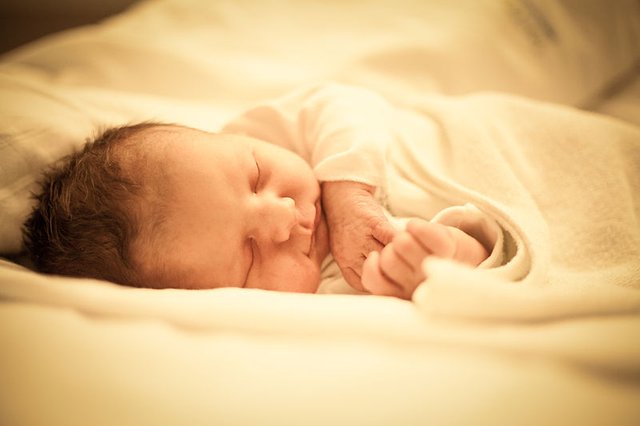
Image by Andrés Nieto Porras - Wikimedia Commons (CC BY-SA 2.0)
This will be the start of a new series of articles that hope to take us on a journey from birth, through infancy, childhood, puberty, adulthood, and a slow maturity into old age. As we continue to read, we will venture on a highly unusual voyage through the body, when it will no longer feel just like the story of one life, then we will begin to understand that it is the story of all our lives. To do this successfully, we must tell our story from a radically distinctive point of view - Inside the Human Body
Being human
From the Sperm
Starting here, forty weeks after a sperm fertilizes an egg, a new life is formed as one special cell is on its way to becoming a fully formed baby and 9 months later, we are born. Although it is not possible, even if we try right now, to remember how it feels like to be born, yet we have all been through it. However, in the Medical sciences we know that at the moment of our birth we experience a sudden rush of adrenaline, this rush is more powerful than the one gotten from a heart attack; it helps us to stay alive by forcing our lungs into action and pushing it to draw the first breath!
At this point, our lungs having never experienced air before, are still filled with amniotic fluid, putting us at a serious risk of drowning. The adrenal gland from the top of the kidneys helps kick-start the rush, sending all the muscles needed to breathe into action.
This process happens incredibly fast and when it comes to an end, we take our first breath finally!... Ah!...the first breath of life! Out of about 7 million of them.
Now air flows down, passing through thousands of branching tubes and filling up about 30 million tiny airbags called the Alveolar. As we breath - even right now - the alveolar successfully extracts the oxygen from the air taken and sends them to our blood, returning the carbon back into the air as we exhale.
It is at this point in the baby’s arrival out of the womb, that the umbilical cord is cut.
Outside the Womb
As babies, our organs must adjust to life outside the womb, by now our hearts have been pumping for about 8 months. In its few days outside the womb, the heart has two holes. Having two holes in your heart right now would be an emergency but at this point in the baby's life, they are just as a result of blood flow from vessels down to the placenta. These holes help to divert much blood away from the baby's inactive lung and as time passes they close shut forever, allowing the heart to pump blood through thousands of miles of blood vessels.
Our other organs follow, taking action one by one. Inside our body is the Liver doing about 500 different tasks at the same time, including generating body heat and taking care of toxins. The kidney’s job is to regulate water by keeping it balanced. Now our digestive system must help itself get clean so as to prepare for our very first meal. Here our bowls are filled with flowing ingested amniotic fluid and dead cells, it looks like a sticky, thick, dark green mucoid tar material that is the first faeces from us - the newborn child.
In some babies, this mucoid material can find its way to the lungs, therefore, attacking the fragile lining. But it will be fine, in the gut of the baby this liquid is harmless and will be totally flushed out soon. The first intake of breast milk helps to accelerate this process.
What is this place?
If we all pause and think about it, it becomes increasingly fascinating how the human body works; it is a miracle of microscopic design. Just imagine how it is made up of tiny well-formed organs which are also made up of billions of cooperatively functioning cells. The cell is the unit of life. They, in a large sense, make us who we are - this 100, 000 billion Cells all working in perfect progression. Inside the cell is another complex machine-encoded (DNA) to tell it how to grow and what to do.
The DNA tells us how to look, behave, decides when we grow, and sometimes when we die. But our life is also jointly moulded by the environment and the people around us. Surviving outside the womb is still an issue for the early baby - even if mummy keeps us warm - at this stage we cannot regulate our body temperature.
It was 38 degrees in the womb, but in most countries, room temperature is 18 degrees; this is a shock for the brain. The issue is that the area of the brain that regulates body temperature, the hypothalamus, is not fully developed. This puts the brain under stress as it is already making over 100 trillion calculations at the same time every second. At this point, as babies, it is okay to say that we are in danger of hyperthermia because continuously we lose body heat. But our skin comes with brown fat (usually found in hibernating animals) which does its best to keep us warm and it does so very well. Being just a few days old, everything we do, even taking breast milk is by instinct, we follow instructions in our DNA.
Yes! Food
The Milk from our mothers does a lot more than just fill our tummy, it gives us all the nutrients we need and we take 0.5 litres per day. Outside the womb, there are bacteria everywhere!!! Invisible and harmful living things. We are under attack just a few hours after birth. You should know that there are 10 times more bacteria than human cells in the body, and sadly, here, we cannot do much by ourselves because our immune system is still under construction.
So how do we fight infections? Our mother does the job through her milk. It's the same principle, immediately we receive breast milk, the liquid mix from our mouth to the breast allow just some of the germs to move inside our mother’s breast, then her body’s mature immune system immediately kicks into action sending little detectives known as antibodies to the scene of the crime. The treatment is then absorbed into our body as we suck. It is a masterpiece of natural design. Just as the first bird a chick sees may, in that chick’s head, automatically become its mother. Breast milk is our signature as humans, making us form a bond with our mothers that will keep us alive, long enough to survive on our own. The psychological effect of breastfeeding works on both parties.
6 weeks
At this age, going to the mall or having a party at home for the celebration of your arrival is a sensory overload! There are so much noise, too many lights, and too many different smells. High up inside the nose a special hair-like nerve filters the air we bring in, they detect chemical combinations and send distinct signals to our brain that we later learn to call Smell. At this time in our lives, our capacity to smell correct is at its best, soon we learn to detect our mother by her smell.
Meanwhile… The world outside the womb fills us with different new sounds. Sound waves reach the eardrums and make them vibrate. Inside the drums, tiny bone objects called ossicles vibrate simultaneously. Ossicles are the smallest bones found in the human body, they are smaller than small buttons and they stay that way for the rest of our lives.
Without these bones, we will lose the ability to hear because they help amplify the sound wave (22 times) for our inner ear (the Cochlea) to observe. The Cochlea is made up of very tiny fragile hair, when the sound waves reach this area they make the hairs vibrate, corresponding to low and high-frequency waves.
You should understand, each hair lined in the Cochlea is more than 200 times thinner than the hair of our heads and as we get older; large sound waves will damage many of these hairs, sadly our sense of hearing may never be this good again.
Later
Now you are in a strange place and everything you can see is completely blurry. To make things more interesting, you should also know that at this age, every smear of an object you can observe is in black and white. Your eyes have not yet fully developed here, you cannot even point them where you want to because the eye lens is unable to focus.
The Retina has two special cells (Rods and Cones) that convert light into electrical signals. The cones which are responsible for turning colour into signals are slow to develop. From here, these signals pass through two dense nerves to the back of the brain that is in charge for your visual processes. When the brain gets these messages, it doesn't know what to do with the data. It is all new to you but, not for long. In the next two months babies are now able to distinguish between shapes and colours, at about 5 months we gain the ability to recognize facial patterns and by 8 months we have good enough sight to at least get us around.
Over the next 3 months after we are conceived, we grow about one-third our original weight each month, luckily as we age, this growth speed slows down. At about 10 months all of our senses start working properly, we explore the world using mostly our sense of touch.
Whenever we touch anything, receptors on our tips send electrical signals through our sensory nerves to the spinal cord and then the brain, they travel at the speed of 320 000 meters per hour. This is real speed but sometimes it is too slow so the body reacts to extreme pain like heat or electric shock by intercepting the pain message in the spinal cord before it even gets to the brain, thus immediately sending back a reflex response so that we can remove our hands from the stove and maybe cry. These sensory receptors are all over our skin, however, some (Hands, Face, and mouth) parts have it more than others.
There are 9 thousand sensory receptors on the tongue alone. We may feel good remembering that all of us went through this phase, and now we are where we are today. If we follow the series we will eventually get to things that happen inside your own body right now as you age. In the next part of this series, tons of other awe-inspiring things will be explained.
References
Wikipedia - Adaptation to extrauterine life
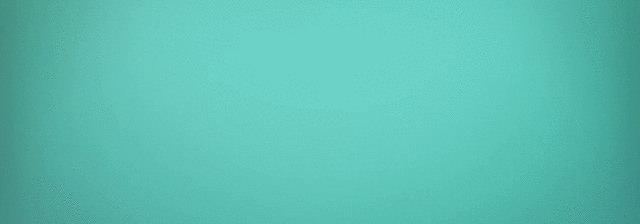
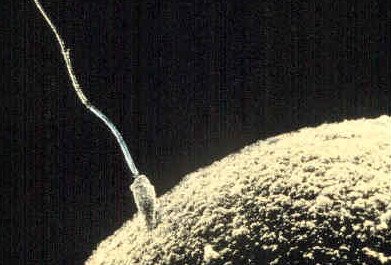
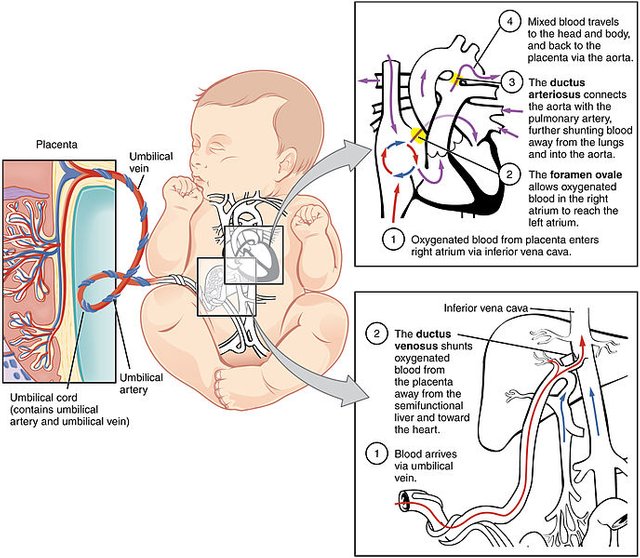
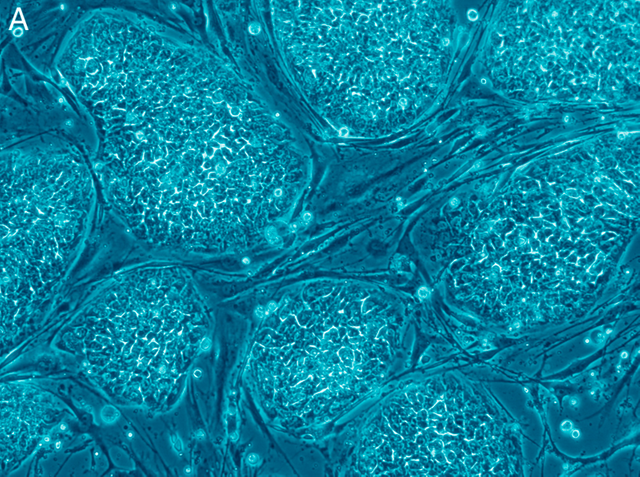
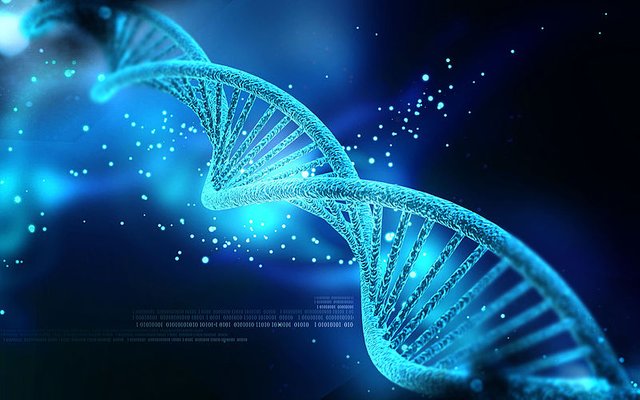
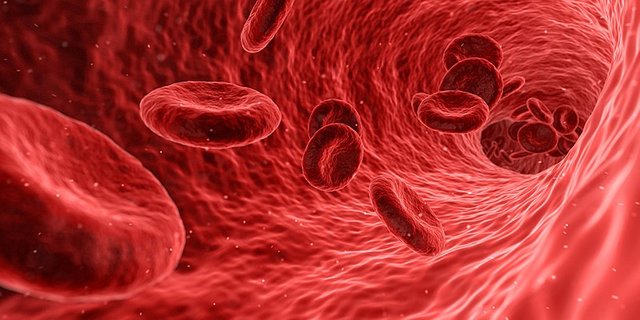
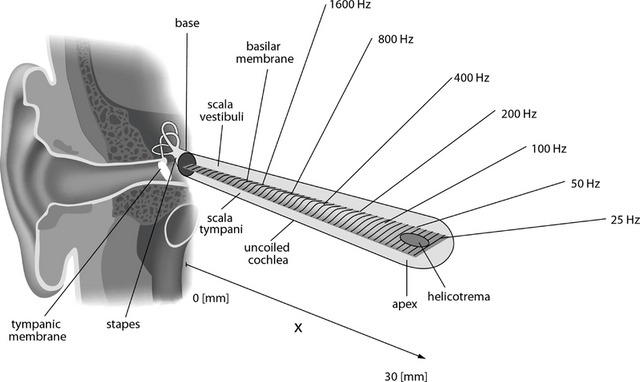
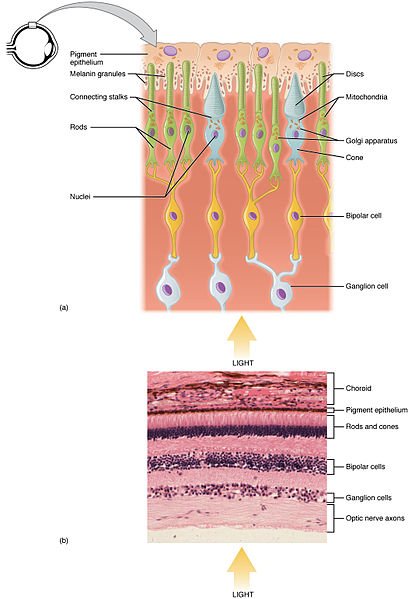
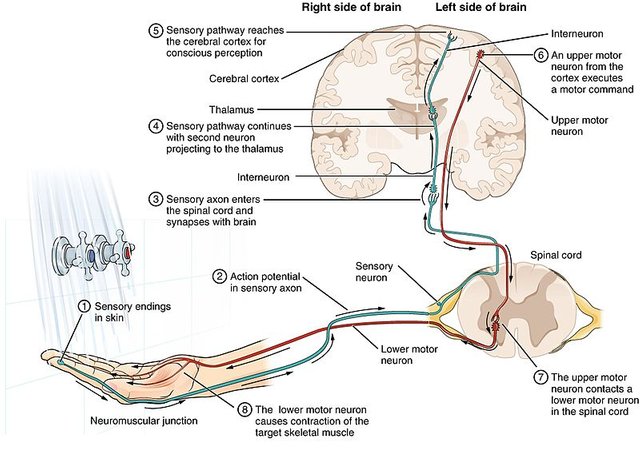
Hi @agbona!
Your post was upvoted by utopian.io in cooperation with steemstem - supporting knowledge, innovation and technological advancement on the Steem Blockchain.
Contribute to Open Source with utopian.io
Learn how to contribute on our website and join the new open source economy.
Want to chat? Join the Utopian Community on Discord https://discord.gg/h52nFrV
I really do like the way you made this rather complex topic look so simple and understandable. One cannot imagine the complexity of life. It's absolutely incredible. This is a remarkable work. Well done. Thanks for sharing!!!
I am flattered, I am truly flattered.
And I am glad you find this post educative and I value your feedback.
Many thanks
well written @agbona
you talked about 40weeks after sperm fertilization, how our lungs have never experienced air before, andI still filled with amniotic fluid.
My question is, have there ever been "drown" cases before?
As long as the umbilical cord remains intact, there should be no risk of drowning in or outside the womb. However, there have been some reports of damages to umbilical cords. I came across this while I was writing the post, you should probably check it out Click Here
Thanks a lot @agbona
Congratulations! Your post has been selected as a daily Steemit truffle! It is listed on rank 4 of all contributions awarded today. You can find the TOP DAILY TRUFFLE PICKS HERE.
I upvoted your contribution because to my mind your post is at least 19 SBD worth and should receive 202 votes. It's now up to the lovely Steemit community to make this come true.
I am
TrufflePig, an Artificial Intelligence Bot that helps minnows and content curators using Machine Learning. If you are curious how I select content, you can find an explanation here!Have a nice day and sincerely yours,

TrufflePigThis is a beautiful way to explain how our lives are created @agbona!
I wonder how was that number calculated?
If you assume the average human lifespan is 75 years, then it translates to be approximately 28,000 days long. Older children and adults, when resting, usually breathe about 12 - 20 times per minute. Over the course of a day, that adds up to 17,000-30,000 breaths per day — or more! Those average breathing rates are for when you're at rest. When you exercise — or even walk around the house or school — your breathing rate goes up.
If we multiply our average number of days with our average 🔢 of breath then we get an approximate answer.
The mystery of life
Thanks for the deep explanation... God is wonderful xha..
expecting someone to ask me if he exists 🤔Many thanks
This is such an interesting topic, it's a good thing we have people like @agbonna to explain things we experienced but have no memory of to us.
A very interesting topic again...i guess this was what you were writing on our way back from the stemng meet-up.
I guess it was, glad you find the post interesting
This post has been voted on by the steemstem curation team and voting trail.
There is more to SteemSTEM than just writing posts, check here for some more tips on being a community member. You can also join our discord here to get to know the rest of the community!
Bros, you just wrote the history of my life. More of like a throw back post
Lol, na my own throwback too na